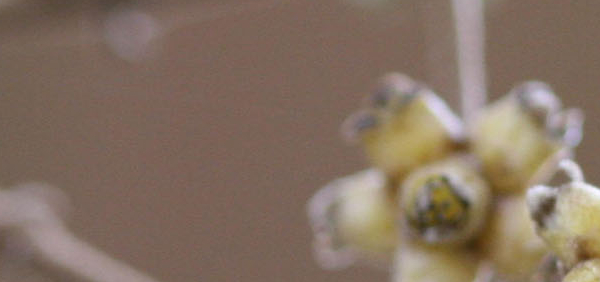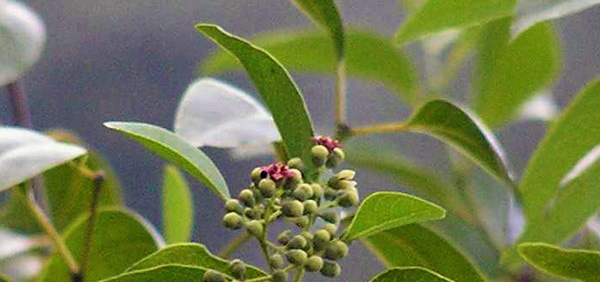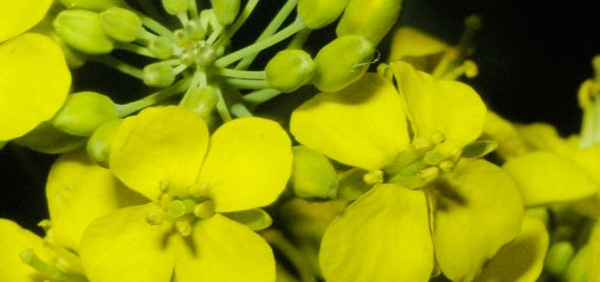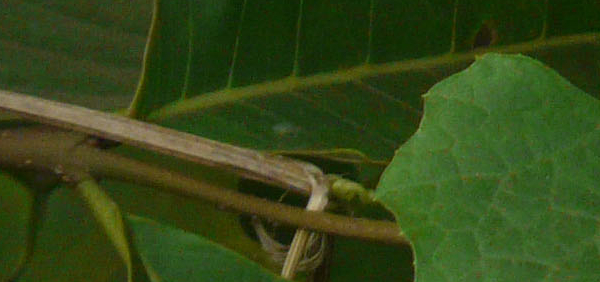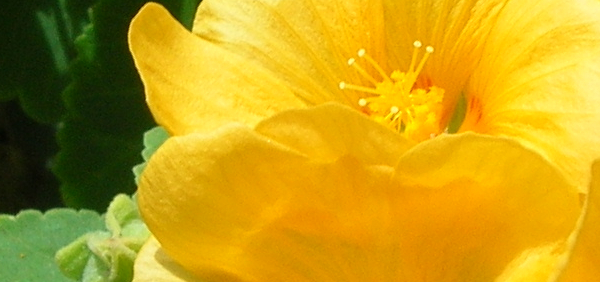shpriparna :
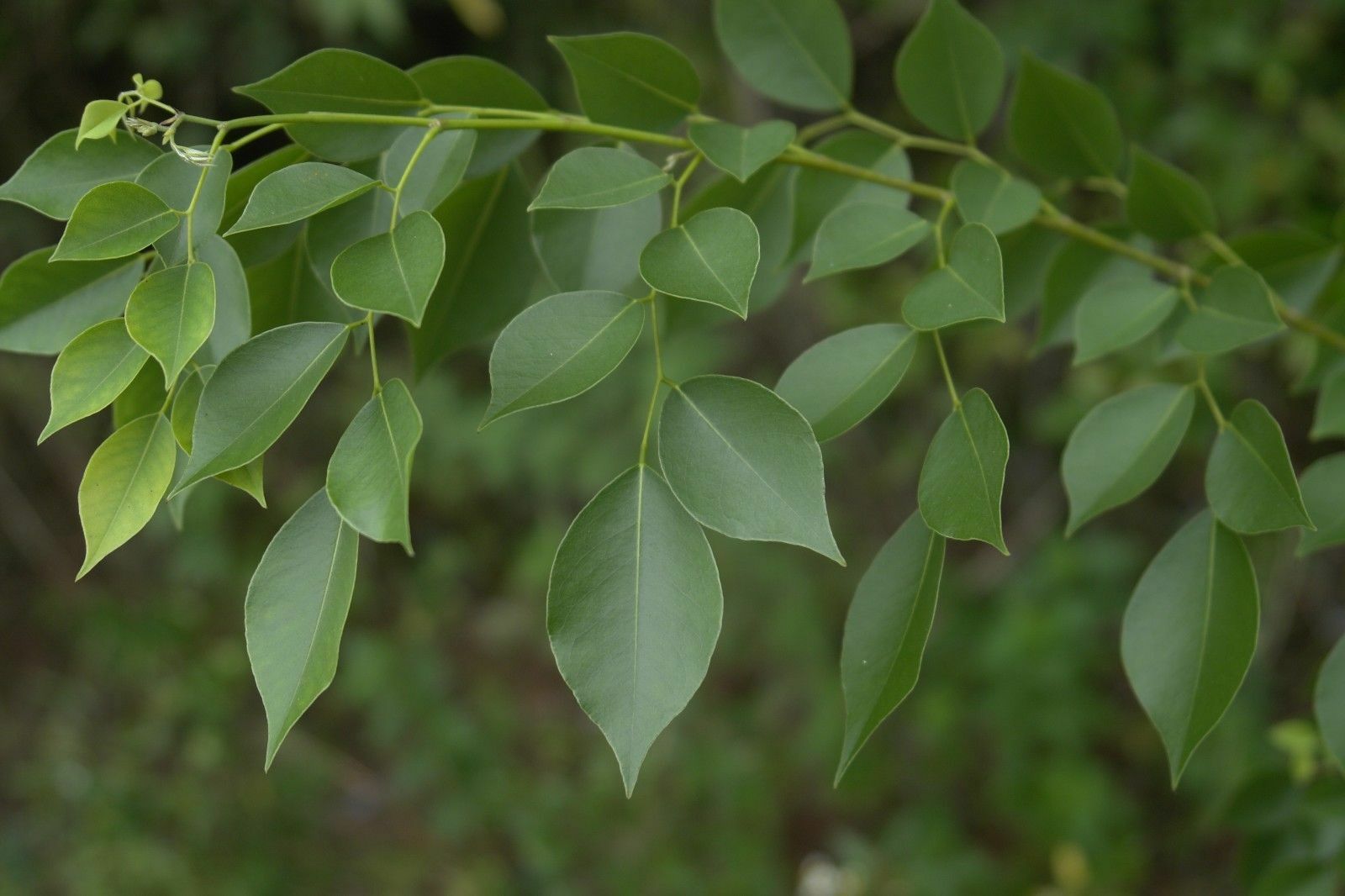
Morphology:
Shisham is a medium to large deciduous tree, native to India, with a light crown which reproduces by seeds and suckers. It can grow up to a maximum of 25 m in height and 2 to 3 m in diameter, but is usually smaller. Trunks are often crooked when grown in the open. Leaves are leathery, alternate, pinnately compound and about 15 cm long. Flowers are whitish to pink, fragrant, nearly sessile, up to 1.5 cm long and in dense clusters 5-10 cm in length. Pods are oblong, flat, thin, strap-like 4-8 cm long, 1 cm wide, and light brown. They contain 1-5 flat bean-shaped seeds 8-10 mm long. They have a long taproot and numerous surface roots which produce suckers. It is primarily found growing along river banks below 900 m elevation, but can range naturally up to 1300 m. Shisham is best known internationally as a premier timber species of the rosewood genus. However, Shisham is also an important fuel wood, shade, and shelter. With its multiple products, tolerance of light frosts and long dry seasons, this species deserves greater consideration for tree farming, reforestation and agro forestry applications. After teak, it is the most important cultivated timber tree in India, planted on roadsides, and as a shade tree for tea plantations.Histology:
Heart wood shows well developed xylem, consisting of usual elements, vessels simple pitted, solitary or 2-3 in groups, arranged in radial rings, a few contain reddishbrown content; parenchyma thick walled and paratracheal; medullary rays 1-3 cells wide; fibres abundant in numbers and present in groups alternating with the bands of xylem parenchyma.Mature stem bark consists of 6-25 or more rows of rectangular, thin-walled,
radially arranged cork cells, a few outer layers exfoliating; secondary cortex wide
consisting of round or oval, thin-walled, parenchymatous cells, a number of groups of
sclerenchymatous cells, found scattered throughout secondary cortex, a few cortical
cells contain prismatic crystals of calcium oxalate; secondary phloem very wide
consisting of usual elements of thin-walled cells and tangential strips of phloem fibres;
collapsed, thin-walled, parenchymatous cells present in tangential strips throughout the
secondary phloem; most of phloem fibres and parenchyma cells contain prismatic
crystals of calcium oxalate; phloem rays short, uni to triseriate, consisting of radially
elongated, thin-walled, parenchymatous. cells.
- » Classification and names of shpriparna
- » Synonyms and definitions of shpriparna
- » Drug Properties of shpriparna
- » Chemical Constituents of shpriparna
- » Standardization of shpriparna
- » Parts used and Dosage of shpriparna
- » Morphology and Histology of shpriparna
- » Distribution and Conservation of shpriparna
- » Cultivation of shpriparna
- » shpriparna in the market
- » Medicinal Uses of shpriparna
- » Researches and clinical trails of shpriparna
- » shpriparna in other sytems of medicine
- » Ayurvedic formulations with shpriparna
- » Images of shpriparna




